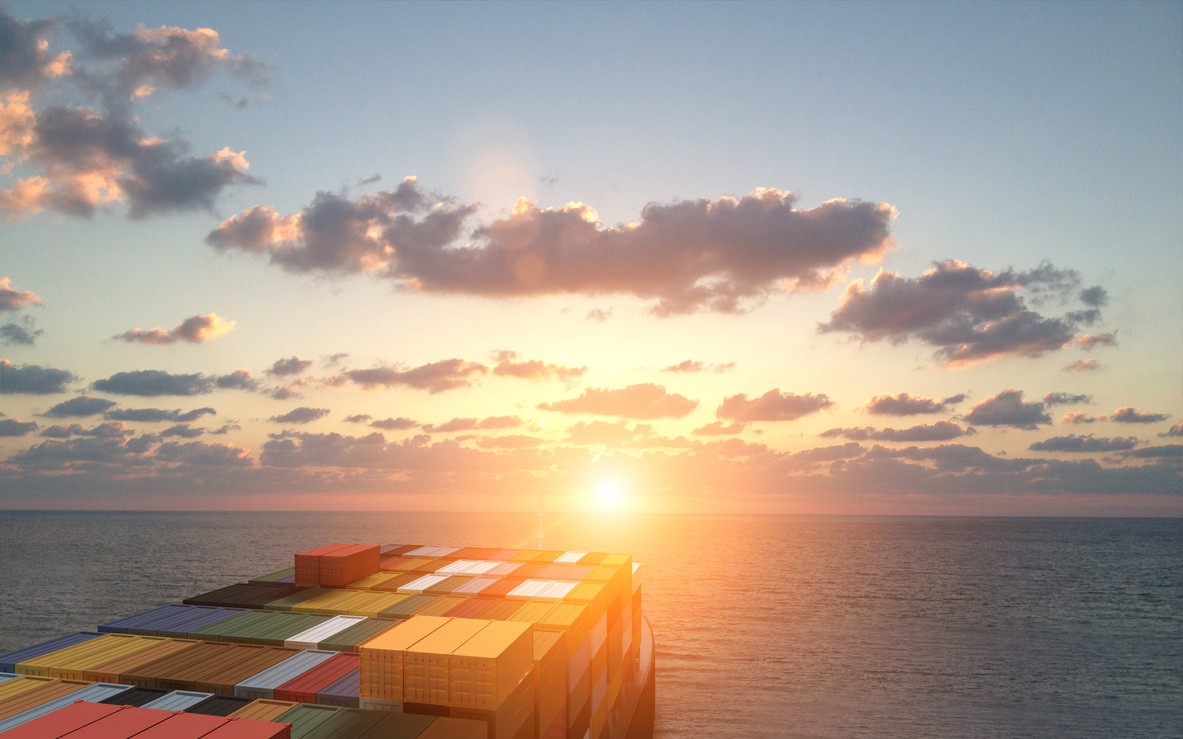Green Shipping Will Be A Powerful Lure To Investors
The implementation of the IMO 2020 regulation is expected to have a number of significant impacts on the shipping industry—and today’s shippers are turning to alternative green fuel solutions to keep up.
According to recent studies, global bunker fuel costs may rise by $60 billion, annually, after 2020 due to compliance with the IMO’s 0.5 percent fuel bunker sulphur (sulfur) cap.
Fuel oil, high in sulphur content, is a bunker fuel industry mainstay. In 2016 alone, it accounted for about 70 percent of overall bunker fuels. So, how are modern decision makers going to remain efficient in light of industry regulation changes?
One leading solution involves the installation of gas scrubber systems—installations which remove sulphur from bunker exhaust gas to a better than compliant degree.
According to recent studies, global bunker fuel costs may rise by $60 billion, annually, after 2020...
Today’s greener vessels, vessels able to meet IMO standards, are increasingly in demand. By circumnavigating the hurdles proposed by bunker oil replacement, they’re not only reducing operating costs but becoming attractive investments.
So, how do green vessels look from a competitive advantage angle?
They’re certainly becoming attractive to investors, but is their demand expected to be stable due to the expenses involved in going green?
Let’s take a closer look at how IMO 2020 is expected to drastically increase the demand for these vessels.
Then, we’ll examine green shipping’s impact on investors.
Green Shipping in the Wake of IMO 2020
IMO 2020’s industry disruption will be influenced by a number of factors—a leading factor being the speed with which refiners can provide compliant fuel, as well as the strategies shippers use to meet the challenge.
Industry decision-makers are certainly looking for low-sulphur-emission solutions. Among the many options, however, some may not make the cut. IMO 2020 will raise demand for very-low-sulphur fuel oil (VLSFO), which maintains a 0.5 percent sulphur content, but using this fuel alternative isn’t necessarily sustainable. VLSFO will widen price spreads between HSFO and VLSFO considerably—impacting stakeholders and creating a risky investment environment.
In fact, fueling vessels with increasingly expensive VLSFO may cost the industry dearly—boosting post-2020 fuel costs by an additional $60 billion. Because VLSFO availability will be limited relative to upcoming demand changes, refiners will incur increased expenses by initiating new projects to increase fuel yields.

The Industry Impacts of Greener Vessels
Is green shipping attractive to investors? The outlook for the immediate future is a little uncertain but, as time telescopes out, green shipping looks like a very attractive proposition.
Currently, VLSFO costs about $600 to $700 per metric ton, while traditional bunker fuel costs about $400 to $450 per metric ton. This price difference may change for a number of reasons, and some trading companies have started stockpiling low-sulphur fuel to prepare for upcoming price increases. Meanwhile, scrubbers require a significant investment, though they’re expected to earn that money back in under a year.
Outside of these direct impacts, an indirect impact exists: Shipping availability is going down, and shipping rates are expected to go up. As shipowners rush to outfit their fleets with green solutions, they’ll be off the market. Some ships may indeed travel at lower speeds, too, to burn less fuel. We can also expect to see the scrapping of older ships as they may not have enough useful years remaining to justify scrubber installations.
Scrubbers require a significant investment, though they’re expected to earn that money back in under a year.
Obviously, the oil industry will also be fundamentally affected by IMO 2020. Pipeline companies, refineries and chemical companies alike will experience an impact—resulting in refinery investments changing to meet production needs.
The New Fuel Regulation’s Investment Impact
Understandably, the International Maritime Organization’s new regulation causes a lot of confusion.
But confusion provides opportunities for canny investors.
Some are launching funds to benefit from the uncertainty. They expect to benefit from IMO 2020’s emission caps. Breakwave Advisors’ managing partner, John Kartsonas, is a good example here.
Kartsonas created a large exchange-traded fund last year which invests in dry bulk freight derivatives—hoping to benefit from regulation changes.
By and large, similar investors are sidestepping common concerns about IMO 2020’s dent on investment opportunities due to it increasing freight rates.
We can also expect an increase in green ship-related funds. Green vessels are high-risk, due to the expenses involved in shipyard maintenance and rising shipping rates.
Despite initial high investments in tech development, however, lower sulphur vessels are expected to benefit the marine business greatly.
Investors are mostly establishing funds capable of exploiting the attractions of greener vessels.
And long-term loans for green shipbuilding will prove lucrative, giving both individual and institutional investors more freedom to participate in investments.
From all angles, the future of green shipping investments looks like a bright one. From domestic shipbuilding developments to technology innovation in the maritime environmental technology industry, IMO 2020’s impact is one indicative of greener pastures.
Would you like to discuss more?
Our global team of advisors with years of combined experience in the marine sector are on hand to discuss your project.